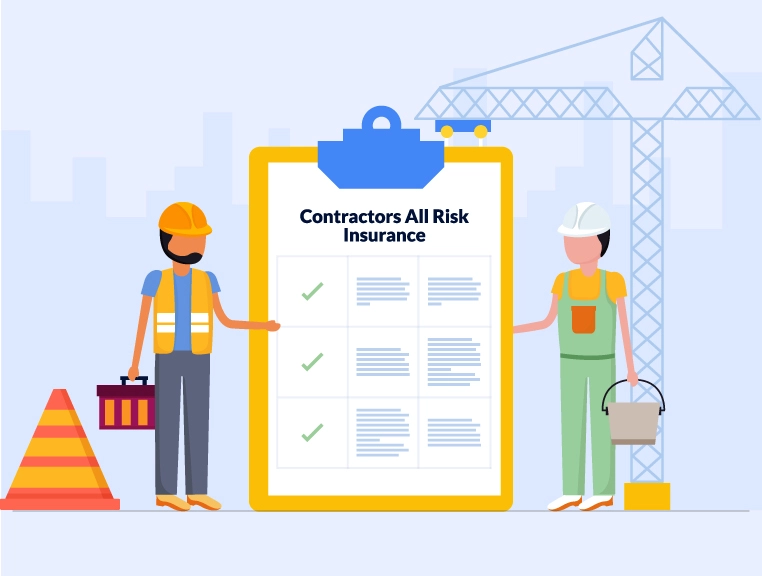On May 22, 2017, two workers, fell to their death from the 17th floor while working on the construction site of the Paradise Group. The rope of the metallic plank snapped.
A significant amount of planning and expertise are invested in any construction project. The most significant fear for those involved in the construction business is that accidents or disasters can strike anytime, resulting in crippling costs and even injury. It is indispensable for you to take adequate steps to ensure you are adequately covered against uncertainties.
Here construction all risk insurance, also called contractors all risk, can act as your saviour. The policy is primarily designed for builders or contractors who are working on different construction projects including, construction, alteration and refurbishment.
The policy is designed for covering ‘work in progress’, and the best part of contractors all risk insurance policy is the contract work section which gives cover for the property being worked on, like a new house, renovations, etc. The construction all risk insurance policy covers civil engineering projects in which the value of the civil work is more than the 50% of the total contract cost. The coverage includes works during storage, erection/construction until the completion and handling of the work to the principal.
Construction all risk insurance policy is subject to a compulsory excess, which means that at the time of the claim, a policyholder must pay a certain portion of the loss before the insurer covers the remaining.
However, the policy doesn’t cover existing property, and therefore, it is essential for the owner to buy a separate insurance policy to get its current property covered. Similarly, no coverage would be given in case of loss or damage due to war, invasion, nuclear reaction, inventory losses, willful act, negligence, etc.
A quick look at the coverage available under construction all risk insurance policy:
- Coverage is given for losses or damages to permanent and temporary works and materials, while in transit to and from the construction site
- Coverage is available for both the owned and hired Plant and Equipment.
As per your needs, you can pay the extra premium and get the following coverages:
- Provision for escalation
- Clearance and removal of debris
- Additional custom duty
- Additional rate for air freight
- Construction plants and equipment
- Loss due to breakage of glass
- Storage rate at fabricators premises/workshop
How Do You Choose the Level of Coverage Under Construction All Risk Insurance Policy?
While computing the right level of coverage, make sure that you consider the cost of your biggest contract on which you are working on, irrespective of the fact how long it will take you to complete the project. For instance, if your biggest project is Rs 1 crore contract, spanning over four years, make sure you are at least covered for Rs 1 crore plus labour and materials.
Read more: Risks You Should Consider While Running Construction Business
Other Considerations
While deciding the cover, you can also consider adding extra cover for any temporary work on your construction site, such as site office, temporary roads, toilets, etc. Similarly, if you have hired a plant & machinery, check to find the need of insuring it as well. It is essential to check the ‘key facts’ and to be certain of the security measures which need to be implemented on the construction site. A typical construction all risk insurance policy can also include a maintenance period to cover the duration between once the buildings are complete and when they are sold.
Conclusion
Remember, construction all risk insurance policy offers all-risk cover to your contract work, plant & machinery and temporary buildings for which you may be legally responsible, usually while working on the specific construction project. So, go with the sufficient sum insured which should be the replacement cost and comprise of the cost of debris removal along with architect/surveyors’ fees also.




